In our last article, we wrote about the usefulness of field kits and their potential applications, inspired by ISO 17381 « Selection and application of ready-to-use test kit methods in water analysis ».
There are 4 main chapters in this standard we should consider:
- Define what will the kits be used for : that’s the scope of applications
- Check the kit works, which is essentially making sure a component of the sample does not interfere with the detection technique
- Document what we do
- Train those who will do
Since such kits are generally designed to be simple to use and are derived from lab techniques, the potential interferences (second chapter) are usually known by looking at the litterature and not much work is required.
1-Define what we want the kit to do in practical terms
What is the range of detection ?
For example, a suppliers recommends an analytical limit for the equipment we just bought : « we cannot garantee the equipment will function properly if microorganism concentration is above XX ». We want a range of detection centered on that XX limit, +/- 1 log
Is the product you want to test physically and chemically compatible with the kit technique?
For example, if the product contains suspended matter or is opaque, a kit based on an optical detection may no be the simplest route to go down
Will it be easy to live with once used in routine?
Suggested topics to consider are:
- The rapidity of set-up, of handling, of results
- There is mobile and mobile. Should it hold in a pocket or in a briefcase?
- Cost of initial (equipment) acquisition, cost per test, cost of ownership (training, maintenance, ..).
- How much confidence in the results do we need to make the right decisions?
For example a semi-quantitative may have the advantage of cost or rapidity, but generate more false positives and negatives than a quantitative technique. That can be OK …or not - Frequency of use for routine testing or for troubleshooting. Does (frequency x cost per test) fit with our budget?
- Is a correlation with a reference or lab results critical, important or nice to have?
The question can be particularly important with microbiology tests, since different techniques can give very different results. - Availability and ease of acquisition : if we opt for using a field kit, we don’t want to risk holding up our operations for a matter of supply.
You decide what you want !
« If one does not know to which port one is sailing, no wind is favorable. » Seneca
2- Will it work?
The biggest watch-out is for « interferences »
With microbiology kits using a method by culture, preservatives or biocides will interfere with the microorganisms growth, since that is the reason for them being there.
Chlorine is added to tap water to prevent microorganisms from multiplying in the distribution piping, preservatives are added to cosmetics, biocides to water baths used to wash solid products…
Since field kits are often derived from lab techniques, how to deal with these situations is often public knowledge.A lab-developed solution is probably applicable to the field kit, for example neutralization of chlorine with thiosulfate, or sample dilution in other cases.
A big watch-out, but not necessarily big work !
3- Document
The list of things we should document can be broken down:
- The field of use: what do we want to measure, what range, what nature of products, how are interferences avoided, range of temperatures, pH, storage precautions, shelf life..
- Usage: instructions on how to use the product, description of reagent and equipment, additional reagents & equipment.
- Sampling: description of sample quantity, volume, handling.
- Protocol: health and safety, step by step handling (pictogram), reaction time (& intervals), ascertainment of results, cleaning, and maintenance.
- Results: methods for assessing the results, conversion tables, factors.
- Disposal (waste).
- Characteristic of the method, such as calibration, certificate of quality, controls (standards)
- References to the procedure and additional information (possible applications).
We can save time by adding this requirement to part 1, as a selection criteria for the kit. The last bullet is : « How much of the documentation can the kit supplier provide? »
4-Train
Our organization is responsible for ensuring the method is applied correctly, which implies the users are trained.
Field tests are typically designed for use in unusual conditions: they are simple and robust.
ISO points out that personnel must have undergone basic training (by supplier or company) and understands:
- Test performance
- Matrix influence
- Limitations
- Sampling
- Dangers and how to avoid them
- Disposal
- Quality Assurance
The documentation developed in part 3 provides the fundamentals for the training. All that’s left to do is to have samples and time to practice until the results are satisfactory.
The ISO 17381 introduces itself by highlighting that the use of autonomous field kits can be very convenient.
In most cases, it will be because the kit supplier is prepared for our requests.
Remember : Microbiology is like cooking (just don’t lick the spoon)


